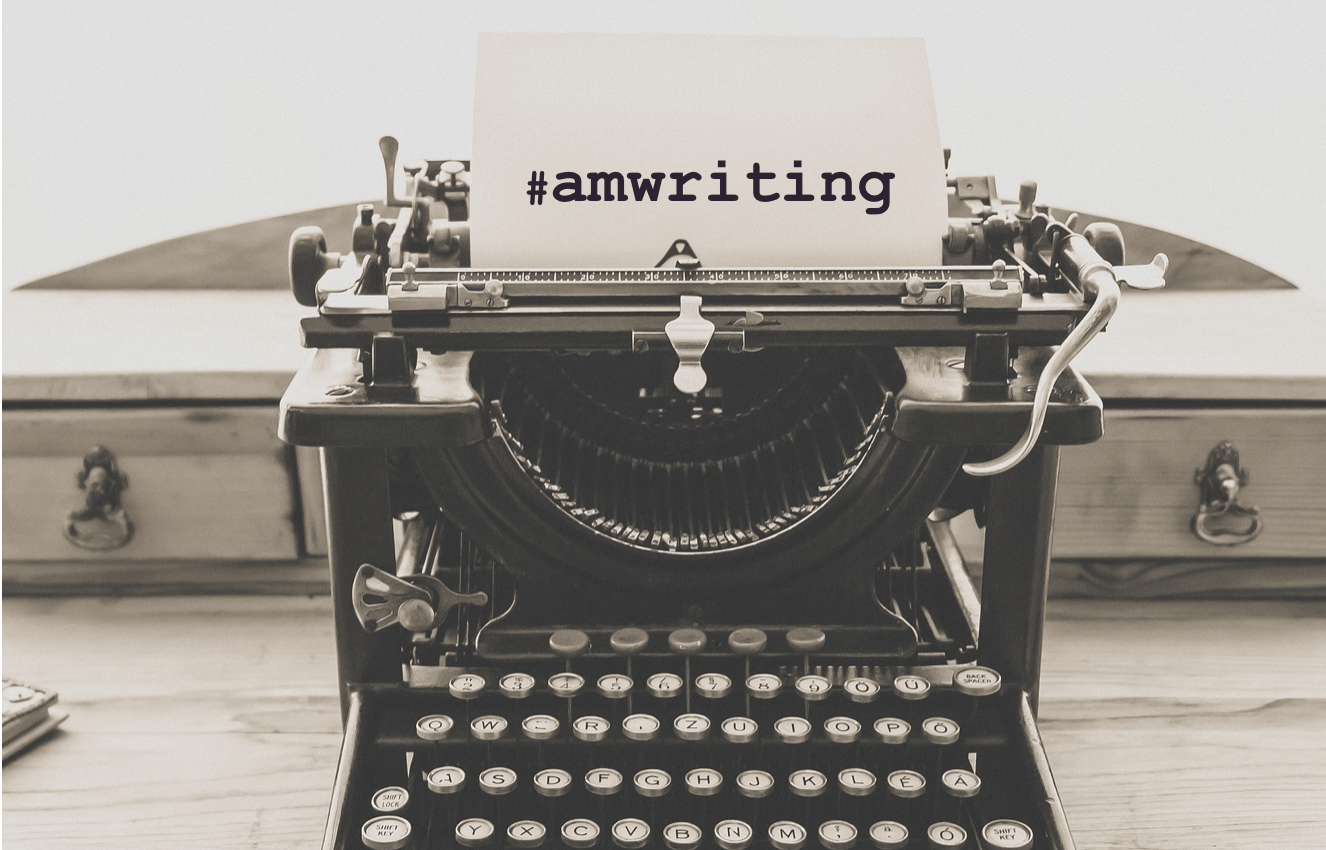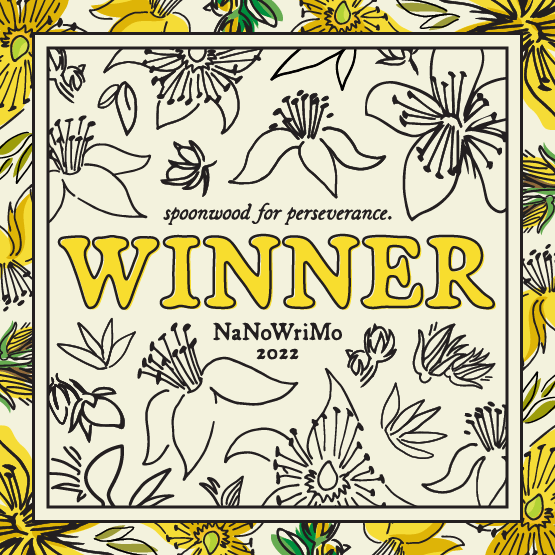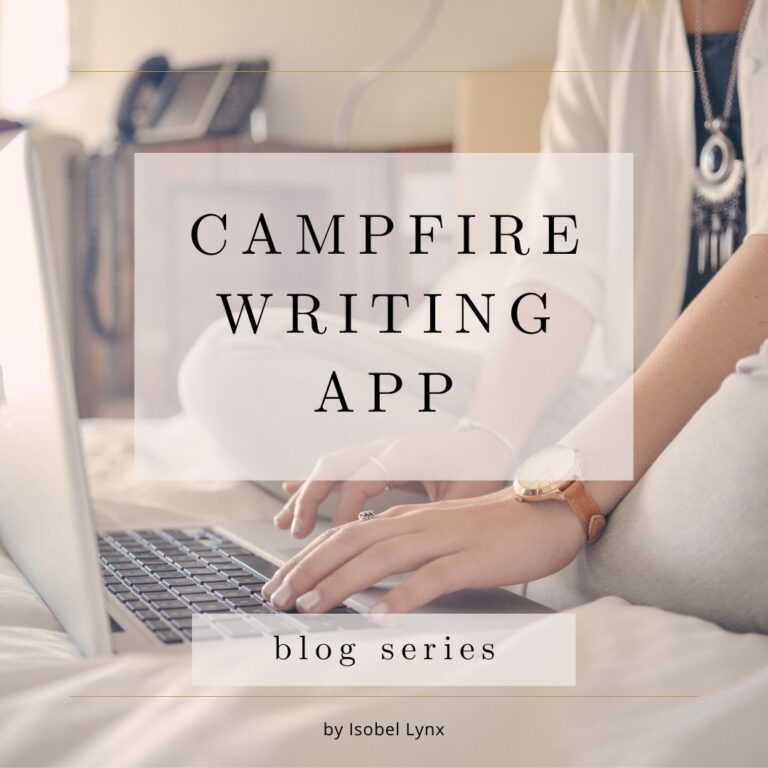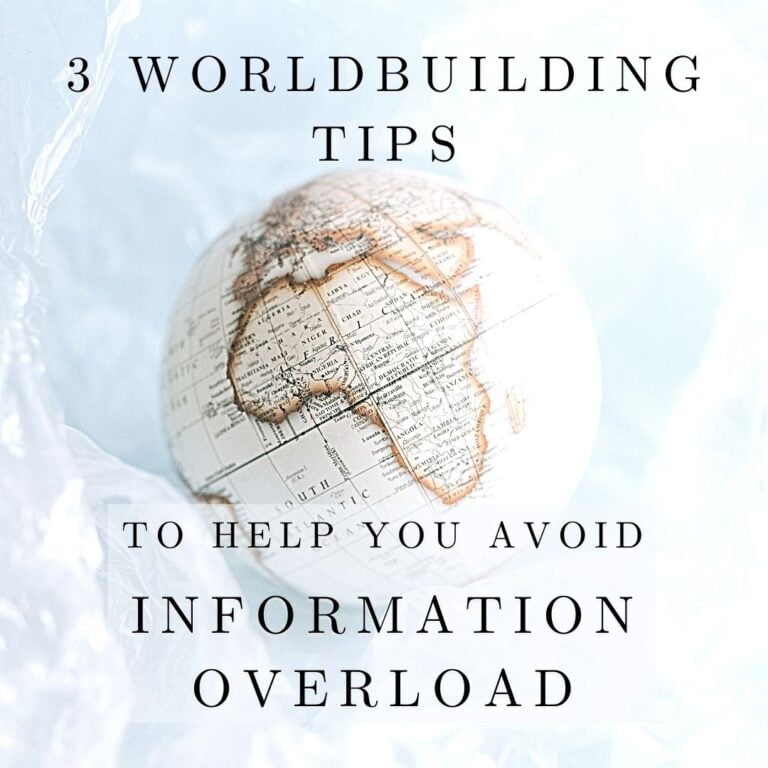Ever since I discovered the power of writing in sequences, I can’t look at the story structure the same way anymore. Sequences are the secret to mastering pacing and managing a long-term project that may otherwise overwhelm the writer.

What is a sequence?
A sequence is a group of scenes. It’s like a mini-story within the full story, and it has a beginning, middle, and end. Sequences follow a logical path of how your character gets from point A to point B. Each sequence advances the story a step further.
The story structure breakdown goes like this:
- There’s the full story.
- Each story is made of acts (their number varies depending on which method you analyze your story with).
- Each act is made of sequences.
- Each sequence is made of scenes.
- Each scene is made of beats.
Examples of sequences:
- The sequence of events that leads to one character meeting the other character.
- The sequence of events that leads the main character into a trap.
- The sequence of steps the main character takes to get out of a trap.
Sequence story structure:
The most popular screenwriting theory breaks down acts into 8 sequences. Each one has a purpose and expectations of what will happen within it:
- 2 sequences for act 1,
- 4 sequences for act 2, and
- 2 sequences for act 3.
When writing novels, I don’t believe the sequence structure has to be that strict, but I’ve found that my stories often fit into this structure even when I don’t intentionally mold them that way. For anyone interested, here is an 8-sequence traditional story structure I’ve created based on adapting recommendations from various sources, including screenwriting advice.
Sequence 1 is the Intro
- Opening image:
- Introduction to the main character(s):
- Inciting incident:
- Handoff: (How does it transition into the next sequence? What is the next sequence inheriting?)
Sequence 2 is the Set up of the story premise
- The catalyst: (turning point)
- Conflict/dilemma:
- Decision: (There is no turning back now. The character is going on this journey, entering into the new situation, pursuing the new goal.)
- Handoff:
Sequence 3 is the exploration of the new world/situation
- Intro to the new world/situation:
- First obstacle:
- Decision: (How the protagonist deals with the above obstacle.)
- The first plan of action:
- Handoff:
Sequence 4 is Fun and Games
- Fun and Games: (give the readers what you promised, abide by genre conventions)
- It ends in the Midpoint which could be a major turning point (a plot twist) or it could be a false sense of an easy win.
- Handoff:
Sequence 5 is Twists and Turns
- Twist and turns: (Wins and losses. New and much worse obstacles that pull the rug from under the character’s feet.)
- Handoff:
Sequence 6 is the Culmination
- Culmination (positive) or the lowest point (negative): Problems have now compounded to the levels that the protagonist is forced to do the inevitable.
- Handoff:
Sequence 7 is the Climax
- Global story climax:
- Handoff: (Was it a positive outcome or a negative one?)
Sequence 8 is the Resolution
- Resolution: Tying up loose ends. Glimpse of what’s up next for the characters.
- Ending image:
I give you this sequence structure with a disclaimer that I’m well aware that not all stories will fit into it. Having watched movies my whole life, I have been greatly influenced by mainstream screenwriting and that has naturally affected what I consider a good and complete story, but that doesn’t mean that a story that follows a different structure can’t be good.
Having said that, I believe that even when changing the structure of the story, sequences can still be beneficial because they help pace the reading experience. So whether your story breaks into neat 8 sequences or into 18, understanding what each of your sequences does to advance the global story will benefit you in the long run.
How long should a sequence be?
Screenwriting advice is for the first two sequences to be the same length as the final two sequences, but there is not one definite guideline as to how long the length of each should be.
In a novel, it is possible to wrap up an entire sequence within one chapter or to stretch it into ten chapters, but the author should keep in mind the pacing of the story. If all other sequences were short but one is very long, it could be a red flag that the story has gotten boring in the long sequence.
Overall, the ideal sequence length depends on the length of the other sequences in the story.
Why should you use sequences
Writing an entire story is a very ambitious endeavor. It’s hard to wrap your head around it. Breaking the story down into acts makes it easier to digest, but it’s still a lot. I think the reason why some stories get boring in the middle is because the the middle of the story is where all clever storytelling has to happen. It’s the set up to the shocking/exciting/amazing/heart wrenching finale. A lot has to happen there.
Sequences are easier to control because they’re like short stories. They follow a logical path of cause and effect and have just one main goal. They help the writer remain focused.
How sequencing helped me write
I’m an extreme story planner. I analyze my stories left and right by using multiple methodologies, but I’ve always struggled with defining where one act begins and another ends. I hate the advice of how long this act vs the other act should be because a lot happens within an act. I rebelled against putting restrictions on my creativity.
A while back, I was trying to fix my 250k-word fanfic when I realized that there was no way to define acts within it. It was just too long. I had pantsed it because I was a new writer at that time, and I didn’t know any other way to write. As a result, it was a total mess. But while I couldn’t break it into acts, I noticed that I had very clear sequences. So instead, I focused on them, and suddenly, the concept of editing a monster that large wasn’t as daunting anymore. I could handle it one sequence at a time.
What I learned from that experience was that even back then when I knew nothing about story structure, I had instinctually gravitated towards writing in sequences. It comes naturally to me. I’m good at it.
And so going forward, I changed how I analyzed my stories in progress. Instead of trying to break my plans into acts, I broke them into sequences. This approach has solved several problems for me in many projects.
Sequences and writer’s time
I have a day job. I’m a mom and a wife. Life is busy. I can never dedicate as much time to writing as I’d like to and as a result, it takes me a long time to finish a book. The problem with that is that it’s easy to lose track of what the heck I had set out to do when I began the journey. It’s hard to wrap my mind around the project when I have to constantly put it on hold.
Writing in sequences helps me overcome that. It’s no longer a large project that I’m working on. It’s just a sequence, a short story. I don’t have to overload my brain by trying to remember what I had written a few months earlier.
Sequences build strong story foundations
I’m a compulsive editor. You know that advice that you shouldn’t edit until you’re done writing? I can’t help myself. I have to edit even though I understand the wisdom of the advice: when you edit as you write, you can fall into the trap of constantly tweaking your project and never finishing it. I’m constantly in danger of falling into that trap, but writing in sequences has helped me see that it doesn’t have to be a trap.
What I realized is that as long as I finish writing a sequence before I start editing it, it allows me to cater to my compulsive nature while also making sure that I make progress in the story. And in the end, I think that this method really works for me.
For example, right now I am finishing up sequence 6 of my current project, making much-needed edits before I focus solely on sequence 7, which will be the story’s climax. And I think it is a great idea to do so because the changes I’m making in sequence 6 will affect sequence 7. It is the foundation that the climax will stand on. I need it to be solid. I need to know what exact state of mind my characters are in. I need to know exactly what’s at stake for them. The closer I get to fixing sequence 6, the more confident I feel about my story.
Confidence is a great motivator. It’s that little voice in my head that tells me, You can do it! The opposite is the Imposter’s Syndrome which feeds me lies that this story is silly, that no one will want to read this garbage, and that I’m wasting my time. I need my Confidence to be stronger than Imposter’s Syndrome at all times. And when my story stands on solid foundations, I feel confident about it.
What about you? Have you tried to write with sequences yet? Did it come naturally to you or did you encounter a roadblock?
Discover more from Isobel Lynx
Subscribe to get the latest posts sent to your email.



